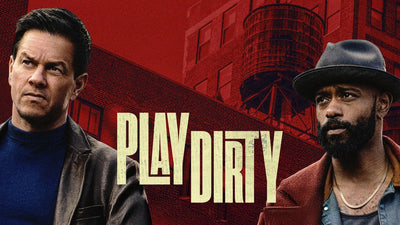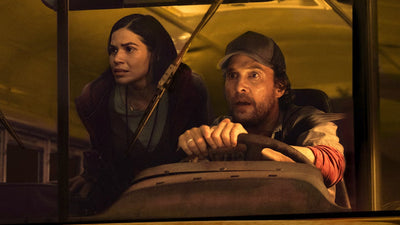KPop Demon Hunters (2025) Review
KPop Demon Hunters blends K-pop, magic, and demon slaying in a vibrant an...

Need help creating faith-filled content for your blog or ministry? I offer Christian blog writing, devotional writing, and SEO content services.
Work with me here →
KPop Demon Hunters blends K-pop, magic, and demon slaying in a vibrant an...

Our Christian review of Play Dirty (2025): flashy action and solid perfor...

In The Lost Bus (2025), a wildfire traps a bus full ...